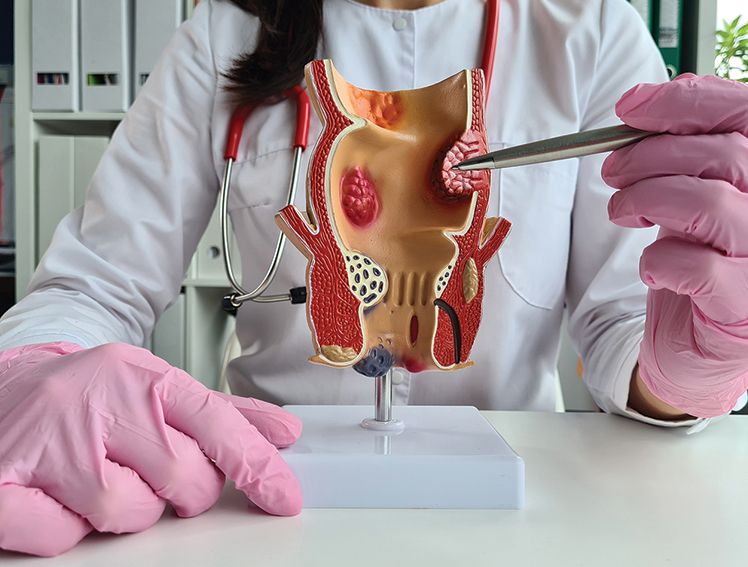
Everything You want To Know About Absorbable Sutures
What are sutures?
Sutures are sterile surgical threads doctors and surgeons use to seal a deep wound shut after an injury or surgery. The sutures hold the body tissues together and help in healing. They are usually applied and left under the skin using a needle. The terms “sutures” and “stitches” are often used interchangeably, but they are different. Sutures are the medical tools used to make stitches that repair or close the wound.
Sutures have been used for thousands of years, either made of plant material like hemp and cotton or animal material like hair, wool, and silk. Old and well-preserved sutures have been found in mummified remains from ancient Egypt, which was known to be quite a technologically and medically advanced civilisation. Sutures are not always used to close an incision or an injury site. Sometimes metal staples are also used.
The decision to choose sutures over staples usually depends on the nature of the wound. Broadly, there are two types of sutures: absorbable and non-absorbable. They can be further distinguished as synthetic or natural and monofilament or multifilament sutures. The choice of suture material to be used during surgery can depend on the risk of infection, the type of tissue being closed, and the doctor&preference.
What are absorbable sutures?
Absorbable sutures are dissolvable stitches that are made of materials that will disintegrate over time by absorbing into the skin. The Hydrolysis process in your body will dissolve these Synthetic materials. Hydrolysis is a process where water penetrates the strands of the suture resulting into the breakdown of the polymer structure of the filament, and the sutures will vanish over time. Synthetic absorbable sutures degrade by Hydrolysis process, whereas Natural absorbable sutures like Catgut absorbs by Enzymatic reaction. They do not require removal, so after the wound is healed, you won’t have to visit the doctor’s office to have the sutures removed.
Absorbable sutures are not always the choice to close all wounds. Doctors will assess your wound to determine the best sutures to use. Non-absorbable sutures, as the name suggests, are different in nature and material and will require removal after a specific time. Sometimes they are also left in permanently. They are usually made of a material that will not break down in the body and will not be digested by the body’s enzymes.
Absorbable suture material
The ideal characteristic of absorbable sutures is that they have enough tensile strength to hold the wound together securely and uniformly till healthy tissue grows and heals the site. Another important characteristic is that the absorbable suture material should not elicit any allergic or inflammatory response from the body.
- Absorbable suture materials are as follows:
Catgut sutures: These are natural, virtual monofilament (consisting of a single thread) sutures made from the intestine of a cow, sheep, or goat. Catgut sutures are either plain or chromic. They are short term absorbable sutures. They are used for the general closure of wounds and in ophthalmic, gynaecological, etc procedures. - Polydioxanone sutures: These sterile, surgical sutures are derived from polydioxanone, a colourless, crystalline, and biodegradable polymer. They are also usually dyed in blue or violet colours, so they are easily spotted during surgery. They are used in general orthopaedic surgery, paediatric cardiovascular surgery, plastic, and reconstructive surgery.
- Poliglecaprone sutures: Usually called PGCL sutures, they are made of glycolide and epsilon-caprolactone copolymer, a biodegradable polymer. They are available in both dyed and undyed forms. They are found to have 60% more tensile strength than catgut sutures initially and are best used for procedures that have a short recovery time. They are also used to give a scar-free look after healing.
- Polyglactin sutures: Polyglactin sutures are not monofilament but braided ones (consisting of small threads braided together) made of glycolide and L-lactide. Polyglactin sutures have great tensile strength and a long absorption time. They can be used in general, plastic, and ophthalmic surgeries, gynaecological, urological, traumatology, gastroenterology, and paediatric procedures.
Benefits of absorbable sutures
The most significant advantage of absorbable sutures is that they dissolve into the body over time. The dissolving property is beneficial because no foreign object is left in the body, and the patient does not need to return to the doctor for its removal. Additionally, sometimes suture removal can be difficult because of where the stitches are located, so absorbable sutures come in handy.
Fast-healing absorbable sutures give the advantage of leaving little to no scarring. Chances of infection are also smaller with these sutures, especially if they are monofilament and synthetic. Most are also coated with anti-bacterial solutions
Caring for absorbable sutures
Your doctor will advise you on how to care for your absorbable sutures when you are at home. You must follow all the steps for optimal wound healing. You will also be asked to visit if the stitches do not dissolve.
MERIL offers the following sutures
MITSU
- Synthetic absorbable braided suture composed of Polyglactin 910
- Complete mass absorption within 56 to 70 days
- Braided pliable material confers smooth knot run-down and easy handling
- Made up of the best in class raw material
- Available with sharper and strong needles
- Offers Smooth knot run-down with gentle knot repositioning
- Offers excellent knot security
- Minimal inflammatory reaction
- Consistent in performance
Synthetic Absorbable Monofilament suture made up of Poliglecaprone 25
- Complete mass absorption usually takes place between 90 to 120 days
- High knot pull tensile strength
- Superior handling properties
- Preferred suture for subcuticular suturing and Ligatures
Available with high performing needles
Final note
Absorbable sutures have significant advantages; hence, they are used quite often, especially to treat internal wounds and tissue damage. They are made from natural and synthetic materials, though the latter is more popular than the former. However, the final decision as to which type of sutures should be used shall be with your doctor.



